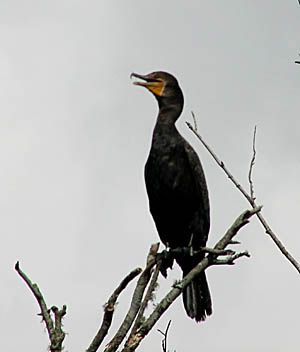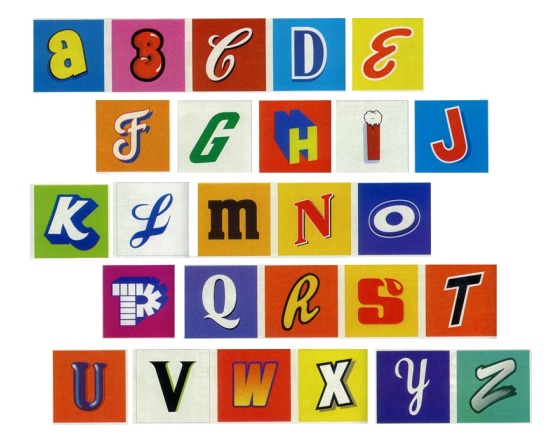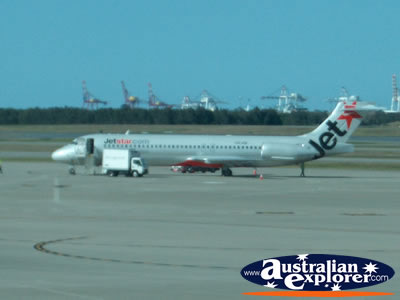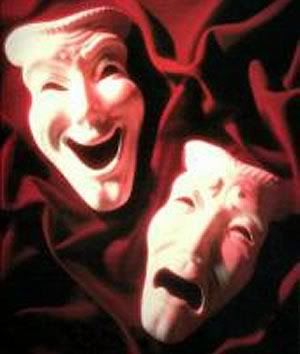
Andersen, Hans Christian (1805-1875) was a Danish writer of fairy tales. Among his most famous stories are “The Ugly Ducking” and “The Little Mermaid.”
Andersen had little schooling as a boy. But he was imaginative and he loved to listen to the stories and folk tales his father and grandmother told him. At 14, he left his home in Odense to go to Copenhagen. He wanted to become an actor or a singer or a dancer. He was not good at any of these. He finally managed to finish his schooling and he became a writer. His first novel, published in 1835, was a success, and he wrote several others. He also wrote poetry, plays, and travel books.
But his fairy tales made Andersen famous. He wrote his first four when he was 30 qnd 164 more before he died. They are read by children-and adult-all over the world. Today, visitors to Copenhagen can see a statue of “the little mermaid.” in the city’s harbor. It was put there by the Danish people to honor Andersen.
The Andes Mountain are the longest chain of mountains in the world. They stretch along the west coast of South America for 4,500 miles (7,240 km).
The Andes are also one of the highest mountain ranges in the world. Only the Himalayas in Asia are taller. Many of the Andes are over four miles (6.4 km) high. Some peaks are covered with large masses of ice called glaciers. Other peaks are active volcanoes which can do great damage.
There are also many earthquakes in the Andes. Lima, Peru, and Valparaiso, Chile, are two South American cities that have been badly damaged by earthquakes.
South America’s major river, the Amazon, begins in the Andes. High in the Andes, between Bolivia and Peru, is Lake Titicaca. This is the largest lake in the world.
About a third of all South Americans live in the Andes region. The Andes provide the world with important minerals, including copper, tin, and petroleum. Among the many animals that live in the Andes are llamas, alpacas, and vicunas.


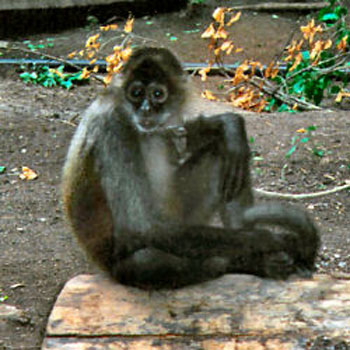
.jpg)







